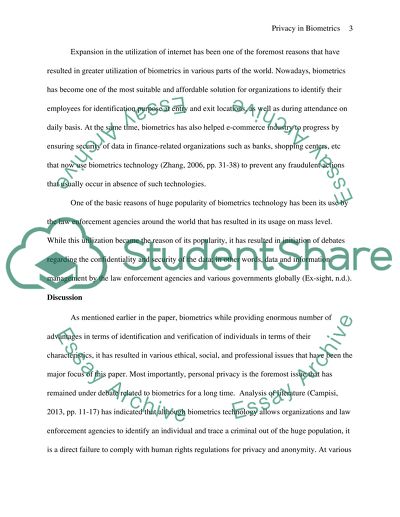Cite this document
(“Privacy in Biometrics Essay Example | Topics and Well Written Essays - 2000 words”, n.d.)
Privacy in Biometrics Essay Example | Topics and Well Written Essays - 2000 words. Retrieved from https://studentshare.org/information-technology/1495501-privacy-in-biometrics
Privacy in Biometrics Essay Example | Topics and Well Written Essays - 2000 words. Retrieved from https://studentshare.org/information-technology/1495501-privacy-in-biometrics
(Privacy in Biometrics Essay Example | Topics and Well Written Essays - 2000 Words)
Privacy in Biometrics Essay Example | Topics and Well Written Essays - 2000 Words. https://studentshare.org/information-technology/1495501-privacy-in-biometrics.
Privacy in Biometrics Essay Example | Topics and Well Written Essays - 2000 Words. https://studentshare.org/information-technology/1495501-privacy-in-biometrics.
“Privacy in Biometrics Essay Example | Topics and Well Written Essays - 2000 Words”, n.d. https://studentshare.org/information-technology/1495501-privacy-in-biometrics.


